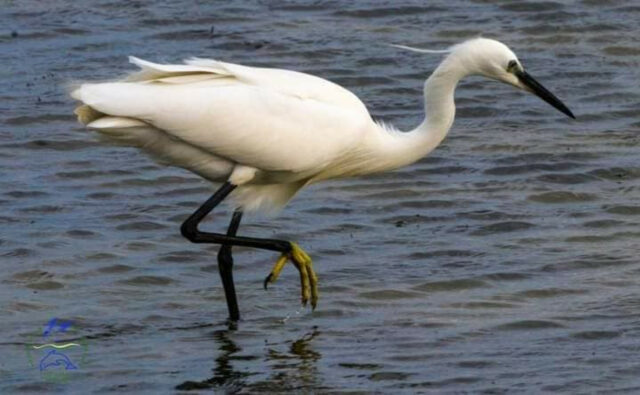The Remarkable Return of Herons to the Odesa Region
The story of the herons returning to the Odesa region after a long escape to Africa is not just a tale of survival; it’s a testament to the resilience of nature amidst adversity. Dr. Ivan Rusev, a dedicated biologist at the National Natural Park «Tuzlovski Limans,» sheds light on this fascinating journey. As war ravaged their habitats, these majestic birds were forced to abandon their nests and seek refuge far away. Their return marks a significant moment for wildlife in the region.
A Journey of Survival
According to Dr. Rusev, «In the summer, herons managed to establish a small colony amidst the acacia trees in our park. However, as military actions escalated, their safe haven turned into a perilous environment.” Imagine a mother heron, bravely navigating through explosions and chaos, carrying her chicks to safety. This harrowing journey highlights not only the instinctive survival mechanisms of these birds but also underscores the impact of human conflict on wildlife populations.
The Challenges Ahead
Despite their much-anticipated return, the future remains uncertain for the herons. Dr. Rusev articulates the concern: “The familiar nesting grounds may be occupied by military activities. Without a safe place to raise their young, these birds may struggle to thrive.» Sadly, this scenario is not unique to the Odesa region; a study by the International Union for Conservation of Nature indicates that over 1,000 species face similar threats due to habitat loss driven by human conflict.
Hope on the Horizon
But there is still hope. Conservation strategies can be employed to create safe nesting sites and protect the natural environment. Here are a few unique suggestions that could help facilitate a safer habitat for herons in the Tuzlovski Limans:
- Establish Temporary Safe Zones: Creating designated areas free from human disturbance could give these birds a chance to rebuild their populations.
- Community Engagement: Local communities can be educated about the importance of bird conservation, fostering a sense of stewardship towards the environment.
- Monitoring and Research: Continued studies on heron behavior and habitat preferences can inform conservation efforts and help identify potential nesting sites.
Conservation organizations are also on alert. According to a report from the World Wildlife Fund, regions that prioritize conservation amidst conflict often see a significant rebound in local wildlife populations. This is a call to action for individuals and communities interested in helping restore the natural balance in war-torn areas.
Conclusion
As we celebrate the return of the herons, we are reminded of the tenacious spirit of nature and the critical role we play in its preservation. While uncertainty looms over their nesting prospects, there is a glimmer of hope. By working together, we can ensure that these stunning birds not only return but thrive in their natural habitats. Let us champion the cause of wildlife conservation—after all, every small action can lead to monumental change.






